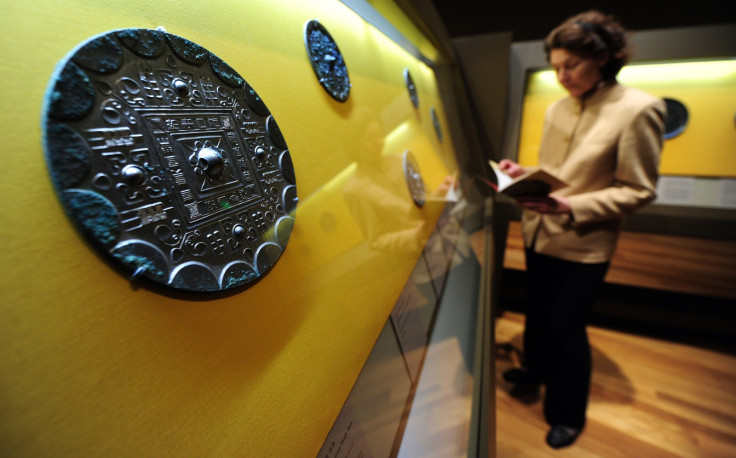Remarkably well preserved 1,900-year-old Chinese mirror unearthed intact in Japan
The bronze mirror, measuring 11.3cm across, was unearthed from the Nakashima archaeological site on Japanese island Fukuoka's Hakata Ward.

A 1,900-year-old Chinese mirror has been discovered in Japan and that too in a surprisingly good condition – so well preserved that it could actually show a person's reflection.
The bronze mirror, measuring 11.3cm across, was unearthed from the Nakashima archaeological site in Japanese city Fukuoka's Hakata Ward. According to city officials, the artefact was manufactured sometime during the Later Han Dynasty, between 25AD-220AD, and is incredibly well-preserved, something that is extremely rare.
Usually, mirrors this old end up broken or covered with patina, but this one is in such a condition that it actually displays a faint reflection, Asahi Shimbun reports.
It is believed that humid temperatures prevailing around the site of discovery might have kept the mirror from oxidising, although one cannot be sure.
The unusually strong mirror has been classified as a "linked-arc mirror" thanks to the patterns it carries. However, it also features a few words that say "chang yi zisun", which interestingly means "to benefit future generations forever" in English.
It was discovered in the month of April along with earthenware belonging to the late Yayoi period, the period between 300 BC and 300 AD, and is now on display at the Fukuoka City Museum.
Ancient #Chinese #bronze mirror unearthed whole in #Fukuoka dig:The Asahi Shimbun #Japanesehistory https://t.co/ahihsMZ7fa
— Asahi Shimbun AJW (@AJWasahi) December 28, 2017
The exact use of the ancient mirror is still unclear, but Hidenori Okamura, an archaeology professor Kyoto University, says the location of the discovery suggests the mirror could have been used as part of ancient religious ceremonies.
"The find site is not a tomb, so the mirror may have been used in religious rites," Okamura said. "The find will also serve as a material for precisely determining the shaky date of the late Yayoi period."





















